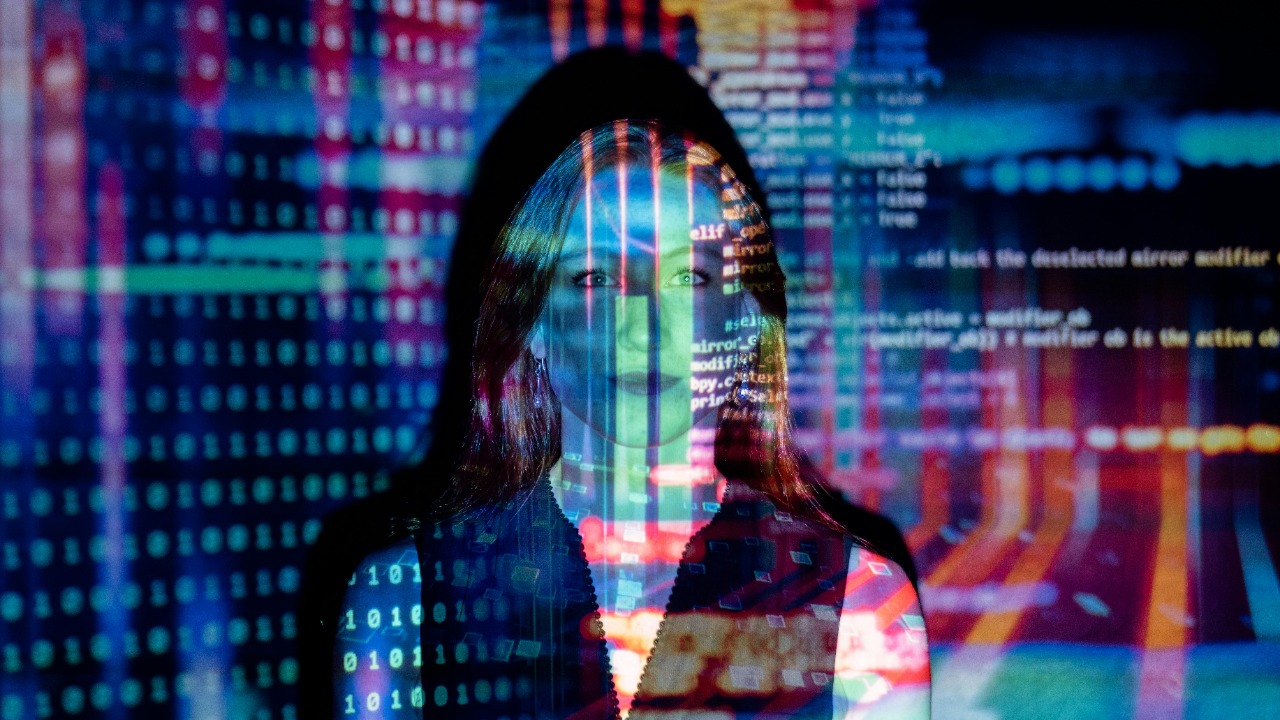
AI voice cloning technology has rapidly evolved, making it possible to replicate a person’s voice with remarkable accuracy. While this innovation offers exciting possibilities, it also raises concerns about privacy and security. Understanding how it works is crucial in recognizing if it’s being used against you.
Understanding AI Voice Cloning Technology

The basics of voice synthesis involve converting text to speech using AI and machine learning algorithms. These algorithms analyze and learn from extensive datasets of recorded human speech to generate a synthetic voice that sounds natural. This process has become increasingly sophisticated, thanks to advancements in AI, allowing for the creation of voice clones that closely resemble a person’s unique vocal characteristics.
Key components and techniques in voice cloning include deep learning, neural networks, and large datasets. Deep learning models, such as those using neural networks, are pivotal in replicating the nuances of human speech. By training these models on vast amounts of voice data, AI can capture the intricate details of an individual’s speech patterns, tone, and style. These technologies have legitimate applications in various fields, including entertainment, customer service, and accessibility, where personalized voice interactions enhance user experience.
The Mechanics Behind Voice Cloning

Data collection and preprocessing are critical first steps in voice cloning. High-quality voice samples are collected and meticulously prepared to train AI models. This involves cleaning and organizing the data to ensure the model learns from accurate and relevant information. The training process often employs Generative Adversarial Networks (GANs) to improve the quality of the cloned voice. GANs consist of two neural networks, one generating audio samples and the other evaluating them, working together to produce increasingly realistic voice outputs.
Fine-tuning and output generation involve refining the cloned voice to match the original speaker’s tone and style. This step ensures the synthesized voice not only mimics the speaker’s vocal traits but also adapts to different contexts and emotions. The result is a voice clone that can convincingly replicate the original speaker’s speech in various scenarios, from reading scripts to engaging in real-time conversations.
Potential Threats and Concerns

The potential threats and concerns associated with voice cloning are significant. Privacy and security risks arise when voice clones are used for identity theft, scams, or unauthorized access to personal information. These risks are compounded by the challenges in regulation and ethics surrounding this technology. Currently, the regulatory landscape is struggling to keep pace with the rapid advancements in AI, leaving gaps in oversight and accountability. Ethical dilemmas also emerge as society grapples with the implications of creating and using synthetic voices.
The impact on trust and authenticity is another major concern. As voice cloning technology becomes more prevalent, it can erode trust in digital communications and media. Individuals may question whether the voices they hear are genuine or artificially generated, leading to skepticism and uncertainty. This erosion of trust highlights the need for robust solutions to authenticate voice recordings and ensure their integrity.
Identifying Signs of AI Voice Cloning

Recognizing AI voice cloning involves analyzing audio quality for unnatural speech patterns, inconsistencies, and artifacts. These clues can indicate the presence of synthetic elements in a voice recording. Additionally, verifying source authenticity is crucial. Methods such as cross-checking with known samples or using advanced forensic techniques can help confirm the origin of a voice recording.
Technology solutions also play a vital role in detecting and combating voice cloning. Tools and techniques designed to identify synthetic voices are emerging, offering individuals and organizations ways to protect themselves from potential misuse. Staying informed about these technological advancements is essential for recognizing and mitigating the risks associated with voice cloning.
Protecting Yourself from Voice Cloning Scams

Protecting yourself from voice cloning scams starts with strengthening security measures. Safeguarding personal information and using multi-factor authentication can significantly reduce the risk of unauthorized access. Additionally, staying informed and vigilant about the latest developments in AI and voice cloning is crucial. By understanding the potential threats and how they manifest, individuals can better prepare for and respond to potential incidents.
If you suspect you have been targeted by voice cloning, it’s essential to report and respond promptly. Contacting authorities and seeking assistance from tech support can help address the issue and prevent further exploitation. By taking proactive steps, individuals can protect themselves and their personal information from the potential risks posed by voice cloning technology.
The Future of AI Voice Cloning

Looking ahead, technological advancements in voice cloning are expected to continue, offering new applications and possibilities. Innovations in AI and machine learning will likely enhance the realism and versatility of synthetic voices, opening doors to creative and practical uses. However, balancing innovation with security is paramount. Innovators, regulators, and users must collaborate to harness the benefits of voice cloning while minimizing the associated risks.
Emerging solutions and safeguards are being developed to detect and prevent the malicious use of voice cloning. These include tools designed to authenticate voice recordings and verify their integrity, as well as frameworks for ethical AI development. By fostering a responsible approach to technology, society can enjoy the advantages of voice cloning while safeguarding against its potential misuse.